Mineral processing plants play a crucial role in transforming raw ores and industrial minerals into high-value, application-ready powders. Whether used in plastics, ceramics, electronics, metallurgy, or construction materials, the performance of the final product depends heavily on the efficiency, precision, and reliability of the processing equipment. Among numerous mineral processing solutions, ball mill classification systems, classifier mills, and jet mills are widely used for fine and ultrafine powder production.
This article provides an essential overview of modern mineral processing plants and how these advanced grinding and classification technologies support high-quality powder manufacturing.
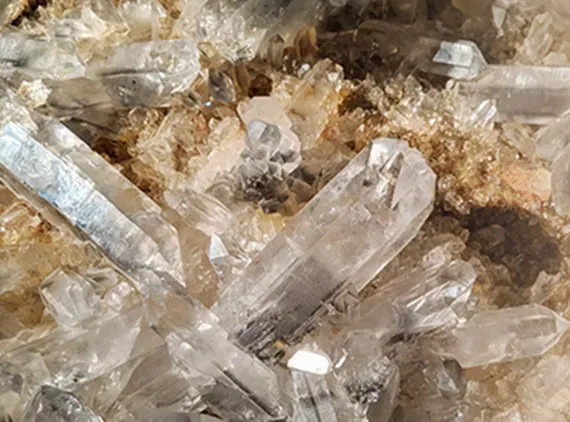
What Is a Mineral Processing Plant?
A mineral processing plant consists of a series of mechanical and pneumatic processes designed to reduce particle size, remove impurities, improve purity, and achieve precise particle size distribution. Typical operations include:
- Crushing and pre-grinding
- Fine and ultrafine grinding
- Classification and separation
- Drying and surface modification
- Packaging and storage
For high-value non-metallic minerals such as calcium carbonate, quartz, talc, kaolin, silicon powder, and bentonite, particle size uniformity and product purity are essential. This is where advanced grinding and classification equipment becomes indispensable.
Ball Mill + Air Classifier System: A Versatile and Cost-Effective Solution

The ball mill + air classifier combination is one of the most widely used configurations in mineral processing plants. It is ideal for large-scale production of ultrafine and high-purity mineral powders.
How It Works
- The ball mill performs continuous impact and attrition grinding.
- The air classifier separates fine particles based on centrifugal force, ensuring tight particle size distribution.
- Coarse particles return to the mill for further grinding, while fine powder is collected as the final product.
Key Advantages
- Suitable for 2 μm – 100 μm particle sizes
- Low operating cost and high throughput
- Adjustable fineness (D97 3–45 μm)
- Ceramic lining and grinding media available for high-purity minerals such as quartz and silicon powder
- Stable performance and easy maintenance
This configuration is commonly used for calcium carbonate, quartz powder, feldspar, silicon micro powder, and talc.
Air Classifier Mill (ACM): Grinding and Classification in One Step
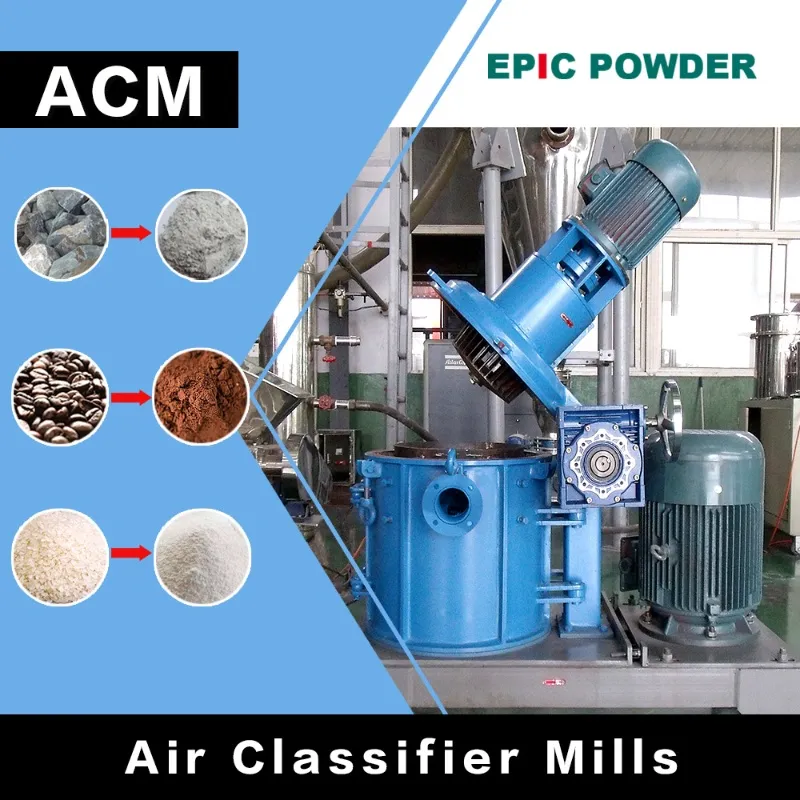
The air classifier mill combines high-speed mechanical impact grinding with precise in-line classification.
Working Principle
- High-speed rotor performs grinding through mechanical impact
- Integrated classifier wheel controls final particle size
- Oversized particles are returned to the grinding zone
Why Choose ACM?
- One-step grinding + classification
- Suitable for 15–200 μm powders
- Narrow particle size distribution
- Excellent temperature control (ideal for heat-sensitive materials)
- Metals, minerals, pigments, food powders, and chemicals
In mineral processing, ACM is ideal for barite, bentonite, graphite, mica, kaolin, and various coating-grade minerals.
Jet Mill: The Go-To Solution for Ultrapure and Ultrafine Powders
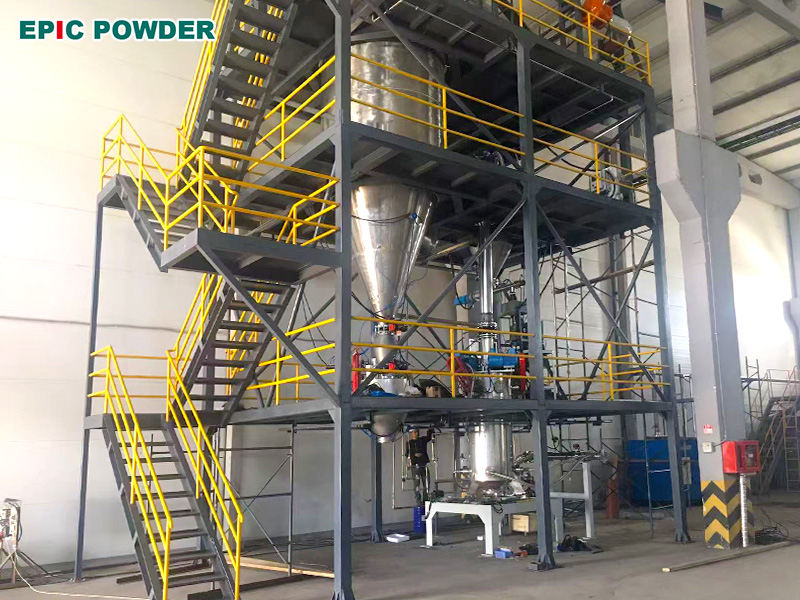
Jet mills use high-pressure airflow instead of mechanical force to achieve ultrafine grinding.
Working Principle
- Compressed air forms high-velocity jets
- Particles collide at supersonic speeds, reducing size
- Built-in classifier ensures precisely controlled final fineness
Advantages
- Produces sub-micron powder (D50 1–5 μm)
- Zero contamination—no mechanical contact
- Ideal for very hard or very pure minerals
- Suitable for electronic-grade materials
Jet mills are widely used for:
- Quartz (electronic or semiconductor grade)
- Silicon micro powder
- Synthetic mica
- Battery materials
- Rare earth materials
For industries requiring extreme purity, such as semiconductors, electronic encapsulation, and lithium battery anodes/cathodes, jet mills are essential.
How to Choose the Right Grinding System for Your Mineral Plant?
| Mineral Type | Recommended Equipment | Reason |
|---|---|---|
| Calcium carbonate | Ball mill + classifier / Vertical mill | High capacity, stable fineness |
| Quartz | Ball mill + classifier / Jet mill | High hardness, high purity requirements |
| Silicon powder | Jet mill | Produces ultrafine high-purity powder |
| Talc | Classifier mill | Soft mineral, need narrow PSD |
| Kaolin | Air classifier mill / Ball mill system | Coating and filler grades |
| Battery materials | Jet mill | No contamination, ultrafine |
Choosing the right system depends on:
- Required fineness and particle size distribution
- Purity standards
- Hardness of the mineral
- Production capacity
- Energy consumption targets
- Downstream applications
An optimized plant typically integrates grinding, classification, drying, dust collection, automation, and modification.
Why Modern Mineral Processing Plants Prefer Advanced Classification Technology
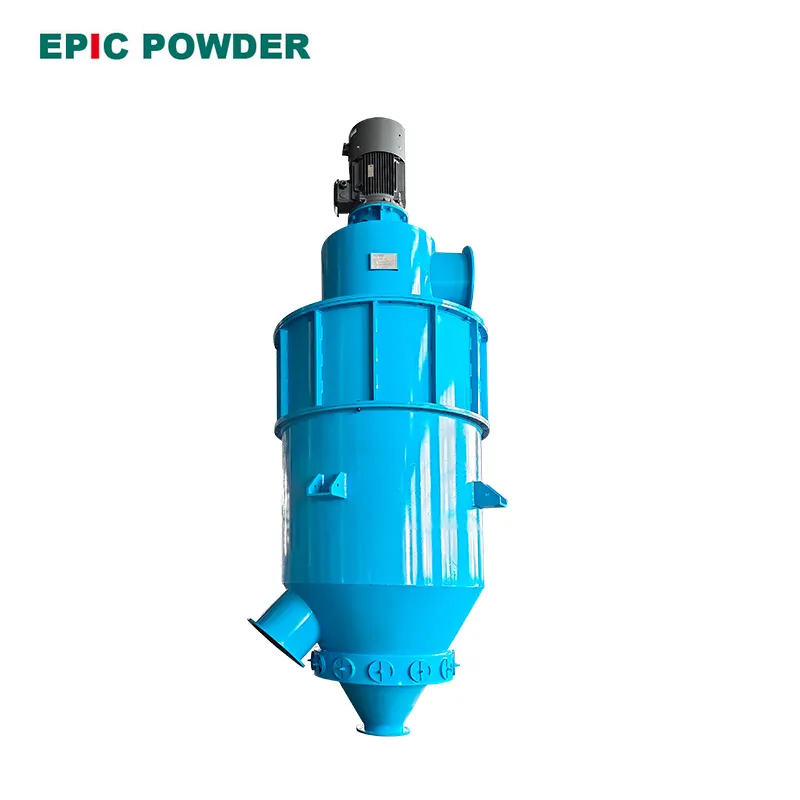
Advanced classification technologies ensure that the final product meets strict industry specifications:
- D50, D97, and narrow PSD control
- High brightness and purity
- Low contamination
- Stable batch-to-batch consistency
- Optimized energy efficiency
With modern high-efficiency classifiers, mineral processing plants can significantly improve product quality and competitiveness in downstream markets.
Conclusion
Mineral processing plants rely on precise, efficient, and scalable grinding and classification systems to produce high-value mineral powders. Whether using ball mill classification systems, air classifier mills, or jet mills, the goal remains the same: achieving stable quality, narrow particle distribution, and high production efficiency.
By selecting the right equipment configuration based on mineral characteristics and application needs, manufacturers can unlock higher productivity, better consistency, and improved market competitiveness.
If you need a customized mineral processing solution using ball mills, classifier mills, or jet mills, feel free to reach out—Epic Powder can help produce tailored content or technical explanations for your target customers.
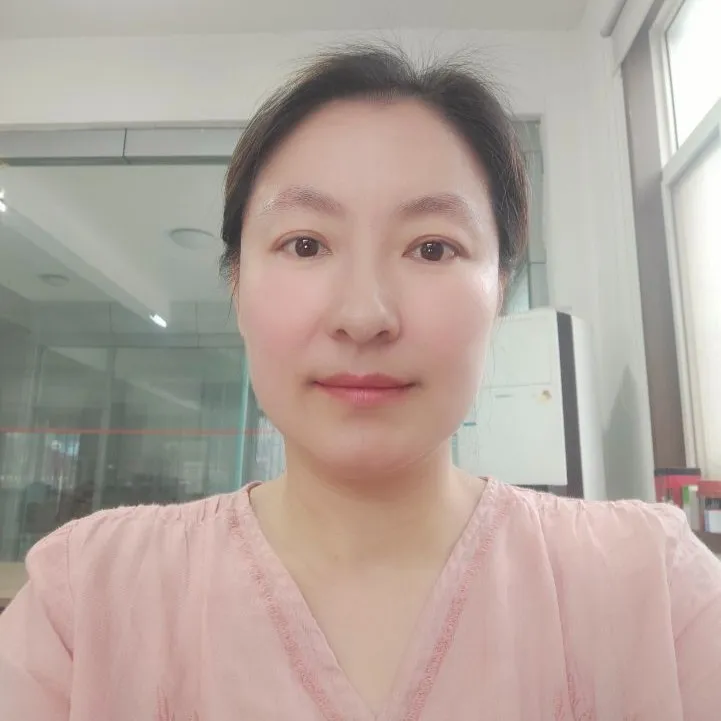
“Thanks for reading. I hope my article helps. Please leave a comment down below. You may also contact Zelda online customer representative for any further inquiries.”
— Posted by Emily Chen
